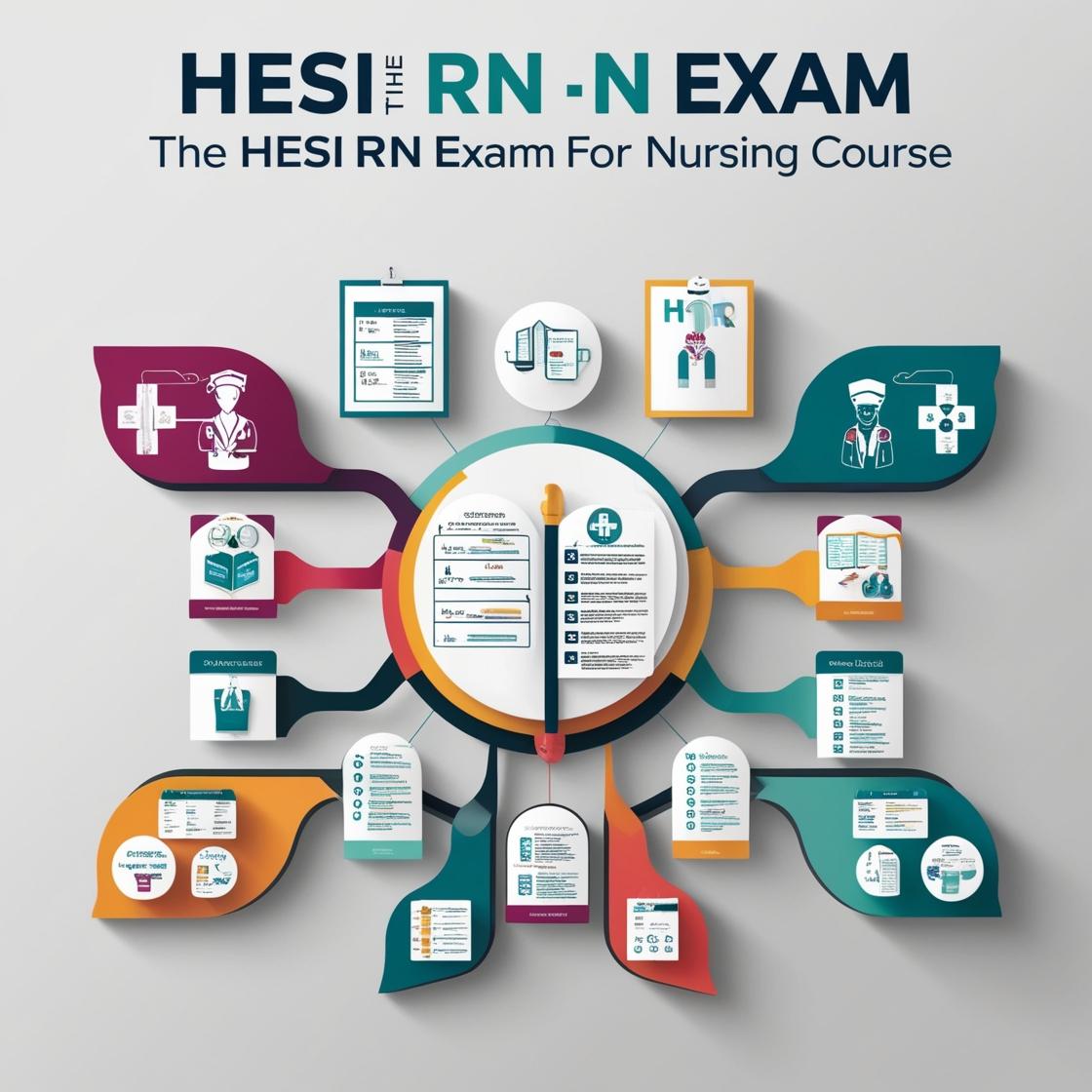HESI RN
HESI RN Nursing Leadership and Management Exam 5
1. Which of the following ethical principles is involved when protecting a patient's privacy and confidentiality?
- A. Fidelity
- B. Beneficence
- C. Confidentiality
- D. Justice
Correct answer: C
Rationale: Confidentiality is the ethical principle involved in protecting a patient's privacy and ensuring that personal information is not shared inappropriately. Fidelity refers to being faithful to commitments and keeping promises, not directly related to privacy and confidentiality. Beneficence involves doing good for the patient, and justice pertains to fairness and equal treatment, but they are not directly related to protecting privacy and confidentiality.
2. A client with hypoparathyroidism is at risk for which of the following complications?
- A. Hypercalcemia
- B. Hypocalcemia
- C. Hyperkalemia
- D. Hypernatremia
Correct answer: B
Rationale: Hypoparathyroidism is characterized by decreased levels of parathyroid hormone, leading to reduced calcium levels in the blood, which results in hypocalcemia. Therefore, the correct answer is B. Choices A, C, and D are incorrect because hypoparathyroidism does not typically lead to hypercalcemia, hyperkalemia, or hypernatremia. Hypercalcemia is more commonly associated with hyperparathyroidism, where there is excess secretion of parathyroid hormone.
3. When implementing a new policy on the unit, what process should a nurse manager follow?
- A. The nurse manager should involve staff members in the decision-making process, gather input, and communicate the reasons for the policy change to ensure buy-in from the team.
- B. The nurse manager should implement the policy change immediately and monitor staff compliance to ensure that the new policy is being followed.
- C. The nurse manager should delegate the implementation of the policy change to a staff member and provide support as needed to ensure that the change is successful.
- D. The nurse manager should communicate the policy change to staff members, provide training as needed, and monitor the implementation process to ensure that the change is effective.
Correct answer: A
Rationale: When introducing a new policy on the unit, it is essential for the nurse manager to involve staff members in the decision-making process. This approach helps in gathering input and insights from the team, fostering a sense of ownership and commitment. By communicating the reasons behind the policy change, the nurse manager ensures transparency and promotes understanding among the staff, leading to buy-in and acceptance of the new policy. Choice B is incorrect because implementing a policy change without involving staff and explaining the rationale may lead to resistance or lack of understanding. Choice C is not ideal as delegation without active involvement and communication with the team may result in misunderstandings or incomplete implementation. Choice D lacks the crucial step of involving staff in the decision-making process, which is important for successful policy implementation and team engagement.
4. A client with hyperparathyroidism is being assessed. Which of the following symptoms is the nurse likely to find?
- A. Tetany
- B. Hypocalcemia
- C. Bone pain
- D. Hypotension
Correct answer: C
Rationale: In hyperparathyroidism, there is excessive production of parathyroid hormone, leading to increased calcium resorption from the bones. This process causes bone pain, making choice C the correct answer. Tetany (choice A) is associated with hypocalcemia, not hyperparathyroidism. Hypocalcemia (choice B) is the opposite condition of hyperparathyroidism, where blood calcium levels are elevated. Hypotension (choice D) is not a typical symptom of hyperparathyroidism.
5. The nurse is caring for a client with myxedema coma. Which of the following interventions should the nurse prioritize?
- A. Administer intravenous fluids
- B. Provide a warming blanket
- C. Administer levothyroxine intravenously
- D. Place the client in Trendelenburg position
Correct answer: C
Rationale: In myxedema coma, the priority intervention is to administer levothyroxine intravenously. Myxedema coma is a severe form of hypothyroidism, and intravenous levothyroxine is crucial to rapidly replace deficient thyroid hormones. Administering intravenous fluids (choice A) may be necessary, but levothyroxine takes precedence. Providing a warming blanket (choice B) can help maintain the client's body temperature, but it does not address the underlying thyroid hormone deficiency. Placing the client in Trendelenburg position (choice D) is not indicated and can potentially worsen the client's condition.
Similar Questions

Access More Features
HESI RN Basic
$89/ 30 days
- 50,000 Questions with answers
- All HESI courses Coverage
- 30 days access @ $89
HESI RN Premium
$149.99/ 90 days
- 50,000 Questions with answers
- All HESI courses Coverage
- 30 days access @ $149.99
